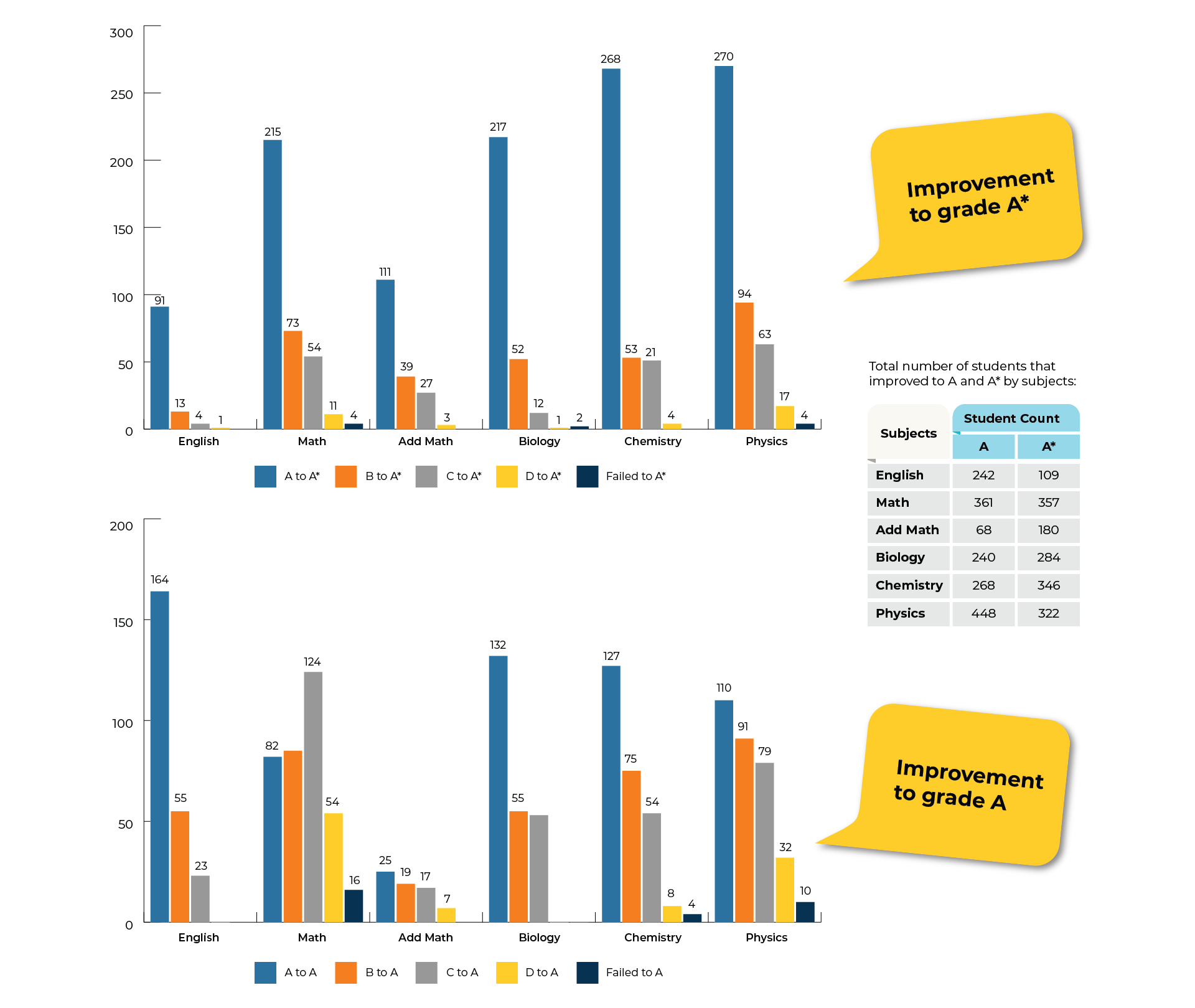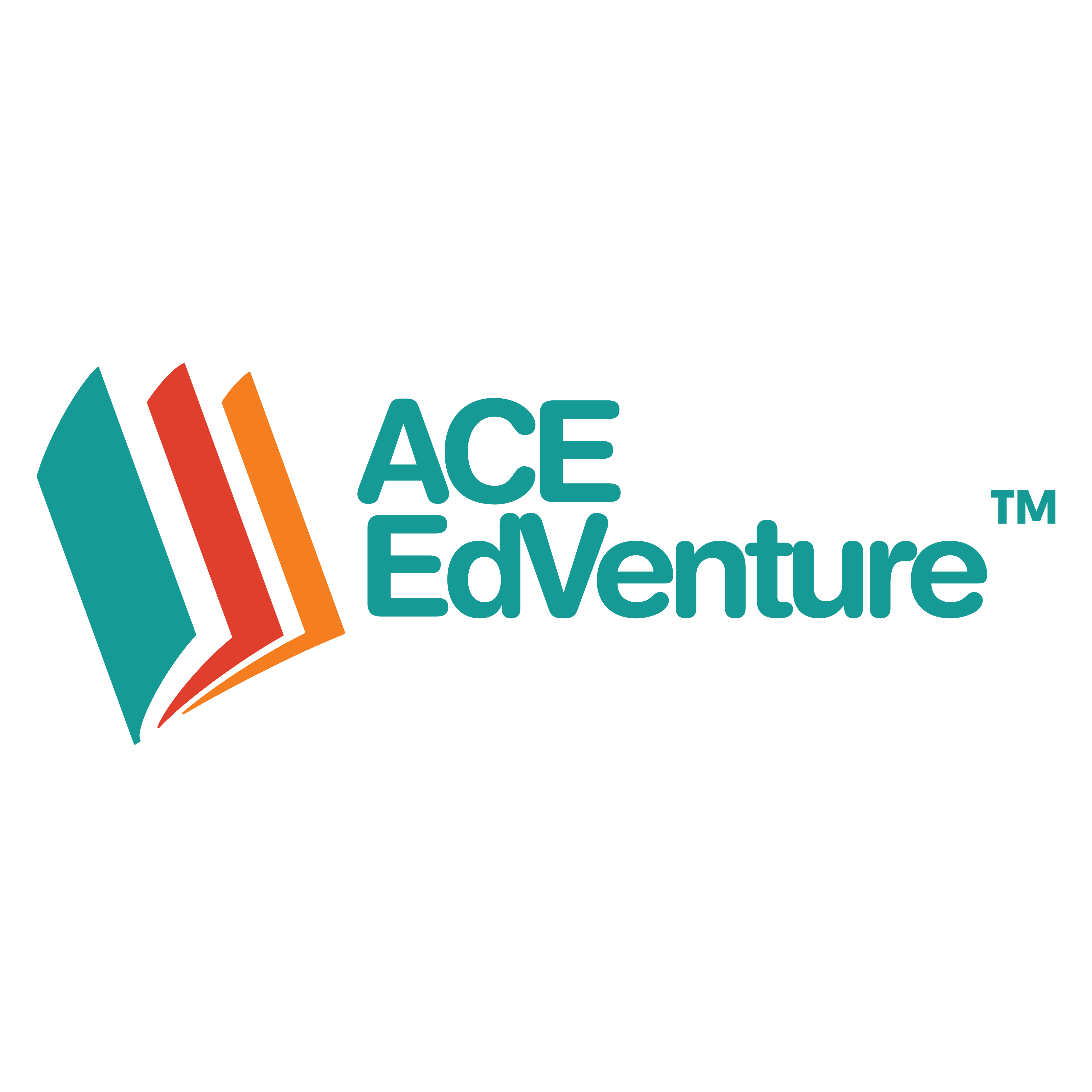

BELL CURVE
Do you remember Fleming’s right hand rule? Or even the formula for the Binomial Theorem? How about when Parameswara found Malaysia? Most of us will have returned this information to our teachers the moment we finished school. There’s a reason for this.
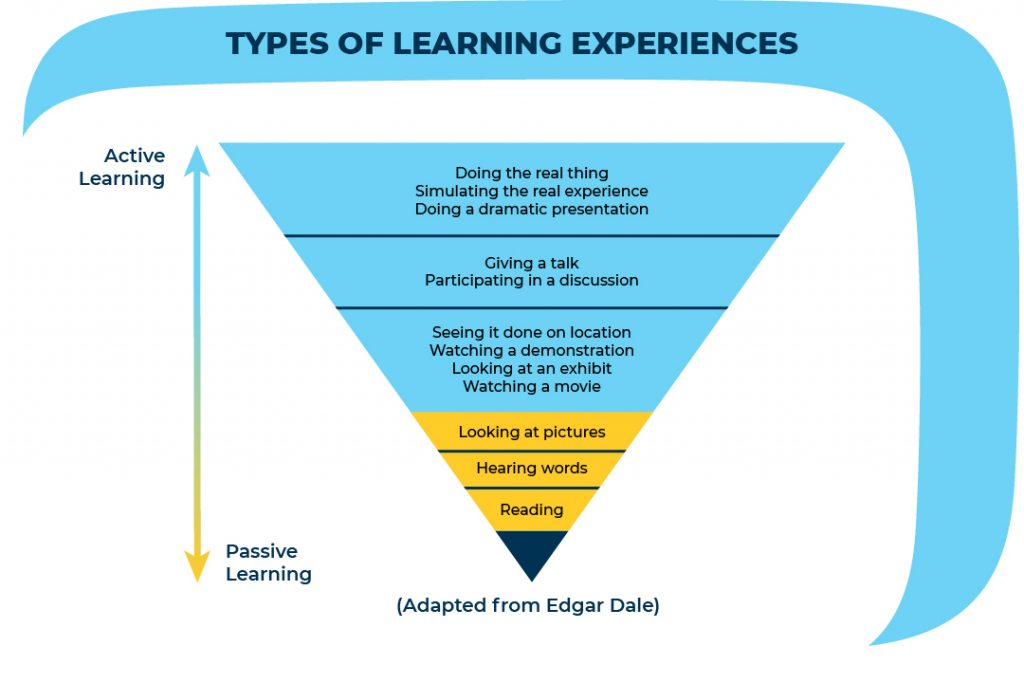

The Traditional Bell Curve
If we strictly follow the conventional bell curve, only 16% of students are considered “high achievers” while 68% are termed “average”.
This is a huge misconception and we’ve proven otherwise again and again.
Why is this Happening?
One of the key reasons why only 16% are excelling is because passive rote learning (what you see at the bottom of the Cone of Experience), still common in Asia, only suits a small percentage of the population.
We believe that education should cater to students of different levels of academic inclinations.
How Have We Been Challenging The Convention?
At Dwi Emas, students benefit from the full range of learning methods seen in Edgar Dale’s Cone of Experience, with emphasis especially on direct, active learning methods to turn the abstract into the concrete. It is essential they are regularly engaged in activities such as presentations, simulations, and gamification so they engage all their senses and have a productive learning experience. As we have witnessed first-hand in our 26 years in education and at Dwi Emas since 2015, these higher forms of learning also help students to internalise, understand, and apply what they learn.
By transforming the way education is delivered and incorporating how most students learn best, we’re immediately able to shift the bell curve and move students from being average to high performers.
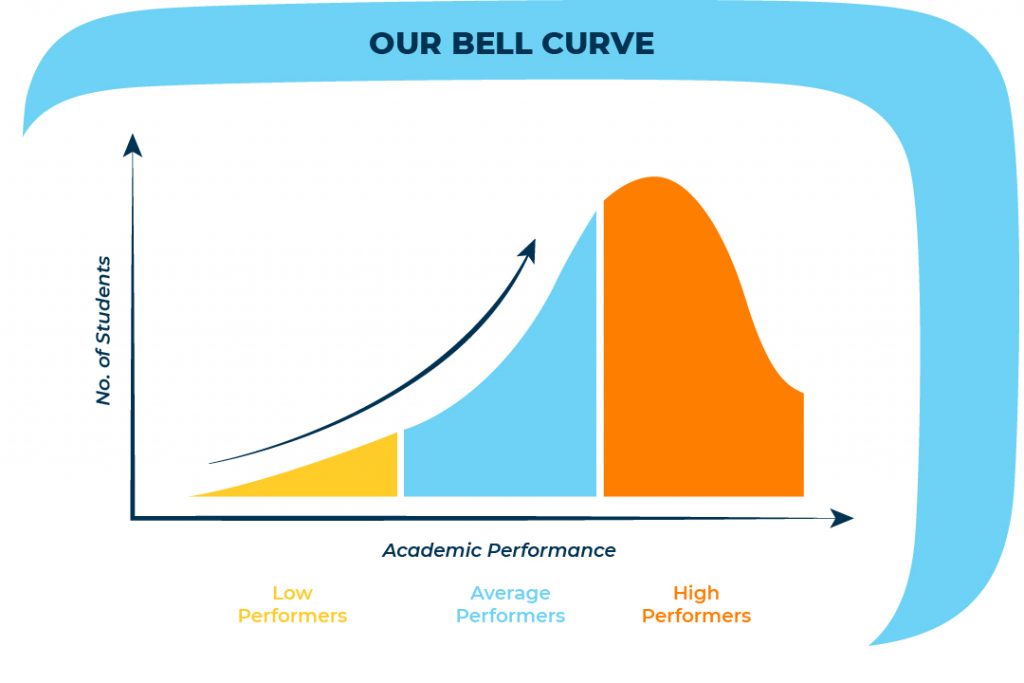
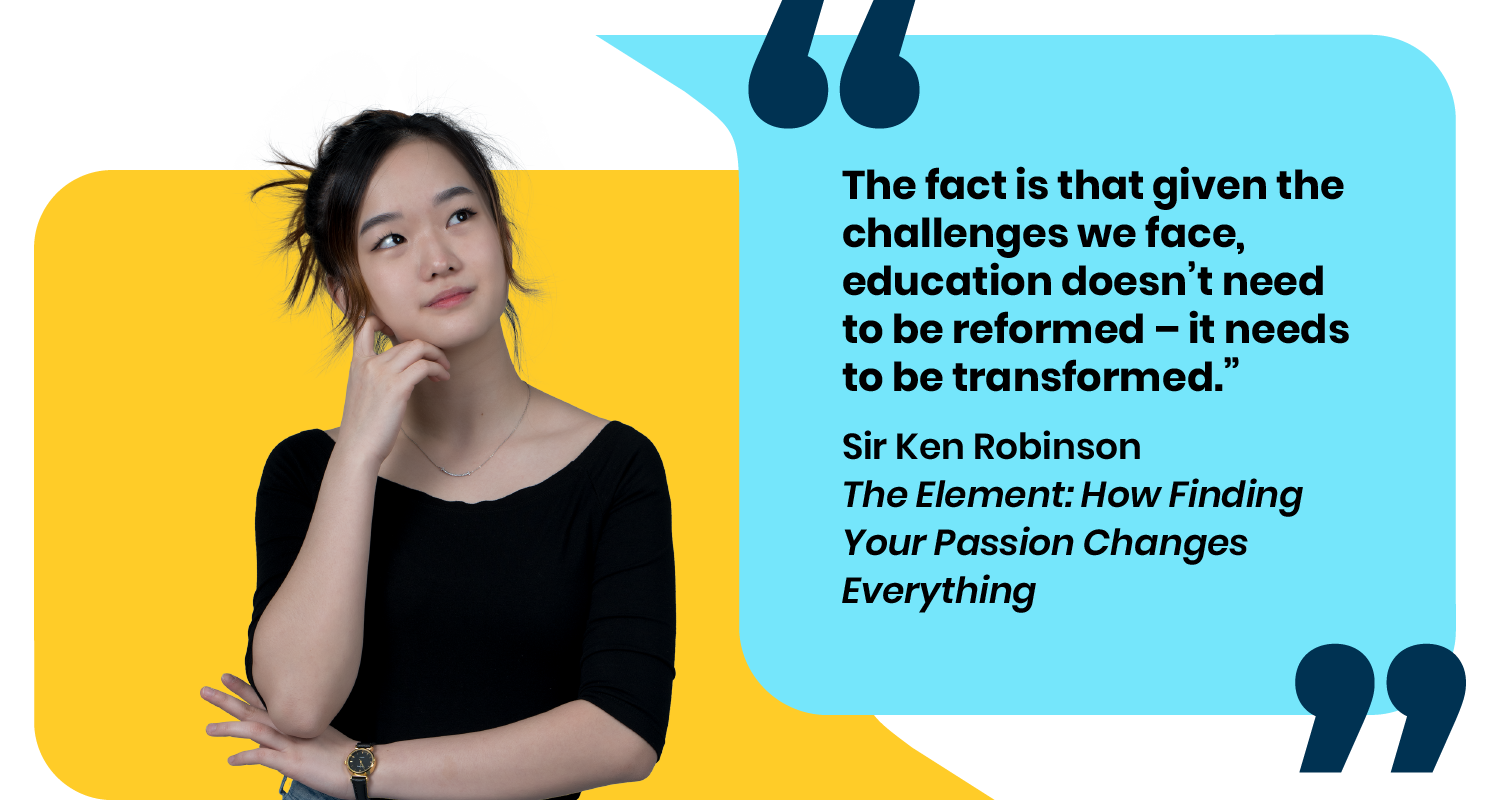
ACE students’ result improvement from first final exam results to IGCSE results (Year 2017 to 2020):
